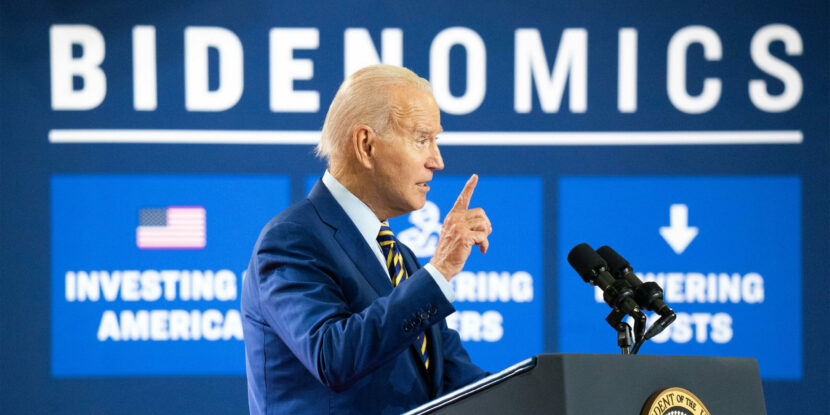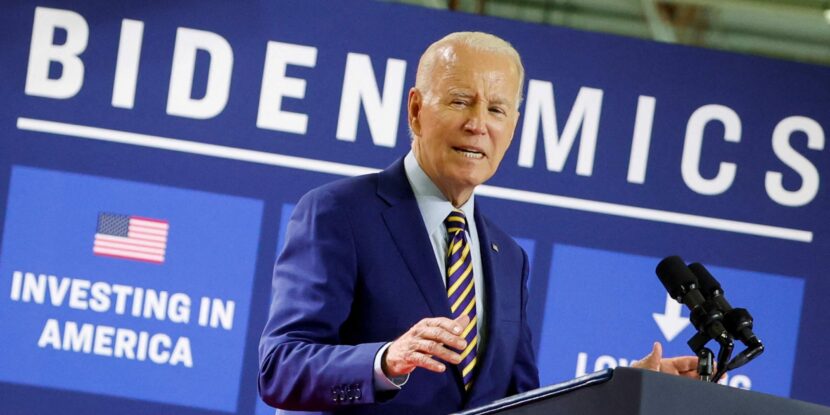| Food at elementary and secondary schools | 65.0% |
| Fuel oil | 59.4% |
| Other motor fuels | 54.1% |
| Margarine | 52.5% |
| Motor vehicle insurance | 50.1% |
| Other lodging away from home, including hotels and motels | 49.4% |
| Eggs | 49.3% |
| Gasoline, unleaded regular | 48.2% |
| Frozen noncarbonated juices and drinks | 47.8% |
| Gasoline (all types) | 47.8% |
| Motor fuel | 47.7% |
| Energy commodities | 47.6% |
| Gasoline, unleaded midgrade | 46.8% |
| Gasoline, unleaded premium | 46.0% |
| Leased cars and trucks | 45.0% |
| Fuel oil and other fuels | 44.3% |
| Lodging away from home | 42.6% |
| Repair of household items | 40.9% |
| Motor vehicle repair | 40.5% |
| Other fats and oils, including peanut butter | 40.1% |
| Energy | 38.8% |
| Crackers, bread, and cracker products | 38.2% |
| Transportation services | 38.0% |
| Fats and oils | 35.3% |
| Video discs and other media | 35.1% |
| Flour and prepared flour mixes | 33.5% |
| Airline fares | 32.7% |
| Butter and margarine | 32.0% |
| Other bakery products | 30.7% |
| Salad dressing | 30.6% |
| Admission to sporting events | 30.6% |
| Frozen and refrigerated bakery products, pies, tarts, turnovers | 30.5% |
| Baby food | 30.5% |
| Delivery services | 30.4% |
| Food from vending machines and mobile vendors | 30.3% |
| Motor vehicle maintenance and repair | 30.2% |
| Uncooked beef roasts | 29.8% |
| Tax return preparation and other accounting fees | 29.7% |
| Electricity | 29.3% |
| Sugar and sugar substitutes | 29.1% |
| Veterinarian services | 29.0% |
| Energy services | 28.9% |
| Apparel services other than laundry and dry cleaning | 28.8% |
| Olives, pickles, relishes | 28.6% |
| Other condiments | 28.5% |
| Frozen vegetables | 28.2% |
| Care of invalids and elderly at home | 27.8% |
| Canned vegetables | 27.3% |
| Window coverings | 27.2% |
| Motor oil, coolant, and fluids | 27.2% |
| Sauces and gravies | 26.9% |
| Utility (piped) gas service | 26.9% |
| Food at employee sites and schools | 26.8% |
| Canned fruits and vegetables | 26.8% |
| Stationery, stationery supplies, gift wrap | 26.7% |
| Pet services, including veterinary | 26.7% |
| Cookies | 26.7% |
| Bakery products | 26.7% |
| Soups | 26.4% |
| Fresh biscuits, rolls, muffins | 26.2% |
| Fresh whole chicken | 26.0% |
| Other uncooked poultry, including turkey | 26.0% |
| Cakes, cupcakes, and cookies | 25.5% |
| Cereals and bakery products | 25.4% |
| Carbonated drinks | 25.1% |
| Other food at home | 25.0% |
| Cigarettes | 25.0% |
| Financial services | 25.0% |
| Juices and nonalcoholic drinks | 24.8% |
| Admissions | 24.8% |
| Uncooked beef steaks | 24.8% |
| White bread | 24.7% |
| Frozen and freeze-dried prepared foods | 24.6% |
| Canned fruits | 24.5% |
| Other sweets | 24.5% |
| Checking account and other bank services | 24.5% |
| Processed fruits and vegetables | 24.4% |
| Poultry | 24.4% |
| Beef and veal | 24.3% |
| Nonfrozen, noncarbonated juices and drinks | 24.1% |
| Chicken | 23.9% |
| Spices, seasonings, condiments, sauces | 23.8% |
| Other foods | 23.8% |
| Fresh cakes and cupcakes | 23.8% |
| Sugar and sweets | 23.8% |
| Pet food | 23.7% |
| Bread | 23.7% |
| Car and truck rental | 23.7% |
| Tobacco and smoking products | 23.6% |
| Fresh and frozen chicken parts | 23.6% |
| Other dairy and related products | 23.6% |
| Butter | 23.5% |
| Frozen fruits and vegetables | 23.4% |
| Lunchmeats | 23.4% |
| Motor vehicle maintenance and servicing | 23.4% |
| Women’s dresses | 23.3% |
| Domestic services | 23.3% |
| Nonalcoholic beverages and beverage materials | 23.2% |
| Other miscellaneous foods | 23.1% |
| Snacks | 22.7% |
| Propane, kerosene, and firewood | 22.7% |
| Bread other than white | 22.6% |
| Candy and chewing gum | 22.6% |
| Uncooked other beef and veal | 22.6% |
| Cereals and cereal products | 22.5% |
| Limited service meals and snacks | 22.5% |
| Laundry and dry cleaning services | 22.3% |
| Public transportation | 22.2% |
| Household operations | 21.9% |
| Vehicle accessories other than tires | 21.9% |
| Other meats | 21.8% |
| Uncooked ground beef | 21.6% |
| Miscellaneous personal services | 21.4% |
| Frankfurters | 21.4% |
| Food away from home | 21.4% |
| Meats, poultry, fish, and eggs | 21.3% |
| Roasted coffee | 21.3% |
| Floor coverings | 21.2% |
| Tools, hardware, and supplies | 21.2% |
| Food at home | 21.1% |
| Food | 21.1% |
| Full-service meals and snacks | 21.0% |
| Rent of shelter | 20.9% |
| Used cars and trucks | 20.9% |
| Legal services | 20.8% |
| Meats | 20.8% |
| Shelter | 20.7% |
| Photographic equipment and supplies | 20.5% |
| Breakfast cereal | 20.5% |
| Motor vehicle parts and equipment | 20.5% |
| Men’s shirts and sweaters | 20.4% |
| Rent of primary residence | 20.4% |
| Household paper products | 20.4% |
| Outdoor equipment and supplies | 20.4% |
| Tools, hardware, outdoor equipment, and supplies | 20.3% |
| Owners’ equivalent rent of primary residence | 20.1% |
| Owners’ equivalent rent of residences | 20.1% |
| Rice, pasta, cornmeal | 20.1% |
| Other processed fruits and vegetables, including dried | 20.0% |
| Transportation commodities less motor fuel | 19.9% |
| Tires | 19.7% |
| Meats, poultry, and fish | 19.7% |
| Pets and pet products | 19.6% |
| Coffee | 19.6% |
| New trucks | 19.5% |
| Other food away from home | 19.4% |
| Dried beans, peas, and lentils | 19.4% |
| All items | 19.4 |









